Ube Pan de Sal
As an Amazon Associate and member of other affiliate programs, I earn from qualifying purchases.
“Ube” or purple yam is a favorite Filipino ingredient in pastries, desserts, snacks and even main dishes. Ube is a tuber that grows above ground, commonly found in Asian countries. I’ve mentioned that the Ube looks like an ordinary, dark-colored potato on the outside, but inside has a strong lavender-color.
We used to enjoy the fabulous Filipino Ube Pan de Sal made by Chef Romy Dorotan at the former Cendrillon in SoHo. I’ve tried to make the Ube version for our holiday brunches.
I patiently made sure to follow the recipe for Ube Pan de Sal found in “Memories of Philippine Kitchens” by Amy Besa & Romy Dorotan. Once all the ingredients were put together, at the right temperatures required, it was smooth rising from then on. The Ube Pan de Sal dough was so sweet and fragrant as it rose magnificently in the warmest part of my kitchen. There is nothing on earth like homemade bread, especially pan de sal flavored with sweet ube.
For an additional treat, I filled the Ube Pan de Sal with homemade Longanisang Hubad – Skinless Cured Pork Sausages. Recipe is here.
A regular Filipino Pan de Sal recipe is here, too.
Ube Pan de Sal
Equipment
- Electric stand mixer with dough hook - for mixing and kneading
- Large Baking Sheets
Ingredients
- 3 cups bread flour plus additional as needed when kneading
- ½ cup purple yam powder
- 2 envelopes active dry yeast *One envelope contains 2 ¼ teaspoons of yeast
- 2 teaspoons salt
- ¼ cup granulated sugar
- 1 ½ cups lukewarm water
- 4 Tablespoons unsalted butter at room temperature; plus additional for the bowl
- ½ cup regular bread crumbs use unseasoned
Instructions
- In the bowl of a standing electric mixer, with the paddle attachment, mix half of the bread flour and all of the ube flour.Add the yeast, salt, and sugar.Pour 1 ½ cups warm water. Using the electric mixer, mix ingredients well to form a smooth batter.Add the softened butter and mix well.
- Turn off the electric mixer and unplug. Remove the paddle attachment and replace with the dough hook. Plug the mixer back in. (Note: For safety, I always unplug the electric mixer when changing attachments).Add the rest of the bread flour, ½ cup at a time, into the batter. Mix again, this time with the dough hook.Knead the dough. *Here's a guide how long to knead: With a Kitchen Aid Stand Mixer - knead for 10 minutes. If kneading manually by hand on the counter, do it for 20 minutes.The dough should look like a large, smooth mass and should easily pull away from the sides of the bowl.
- Grease a large bowl with butter. Transfer the dough into this large bowl. Cover with plastic wrap. Place the bowl in a warm place in the kitchen. Let it rise till the size doubles, for 1 hour.
- After 1 hour, punch the dough down to deflate it. Cover again with plastic wrap.Let the ube dough rise again for another 30 minutes, in a warm place.
- Punch the dough again. Then, remove from the bowl and divide the dough in half.Shape the dough in round rolls, about 18 to 24 pieces, equal in size.Roll the balls in bread crumbs. Place each ball of dough on a baking sheet lined with parchment paper.Cover the baking sheet with a damp kitchen towel. Let these rolls rise for 30 minutes.
- Preheat the oven at 400 F degrees. Sprinkle some more bread crumbs on the rolls. Bake the ube rolls for 20 to 25 minutes till lightly brown.When done, remove from the oven and cool on wire racks.
Cook's comments:
- Ube or purple yam powder is sold in Asian or Filipino supermarkets here in America. Or you can find it from online sources, as well.
Nutrition
Notes on Nutrition: The nutrition information provided is an estimate and will vary based on cooking methods and specific brands of ingredients used.
Did you like this recipe?I have more Filipino Instant Pot recipes in my newest cookbook Instant Filipino Recipes: My Mother’s Traditional Philippine Cooking in A Multicooker Pot by Elizabeth Ann Besa-Quirino. I also have more classic recipes inspired by my mother’s cooking in my popular cookbook: My Mother’s Philippine Recipes. If you’re learning how to cook Filipino food or a fan of Philippine cuisine, buy my cookbooks and books on Amazon.com sold worldwide in paperback and Kindle format.
Copyright Notice: Hello, Friends! Please DO NOT LIFT OR PLAGIARIZE my original recipe, stories, photos or videos. All the images and content on this blog are COPYRIGHT PROTECTED and owned by my media company Besa-Quirino LLC. This means BY LAW you are NOT allowed to copy, scrape, lift, frame, plagiarize or use my photos, essays, stories and recipe content on your websites, books, films, television shows, videos, without my permission. If you wish to republish this recipe or content on media outlets mentioned above, please ASK MY PERMISSION, or re-write it in your own words and link back to my blog AsianInAmericaMag.com to give proper attribution. It is the legal thing to do. Thank you. Email me at [email protected]


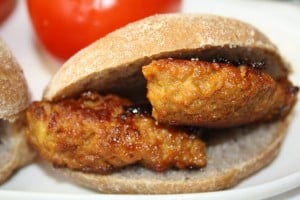
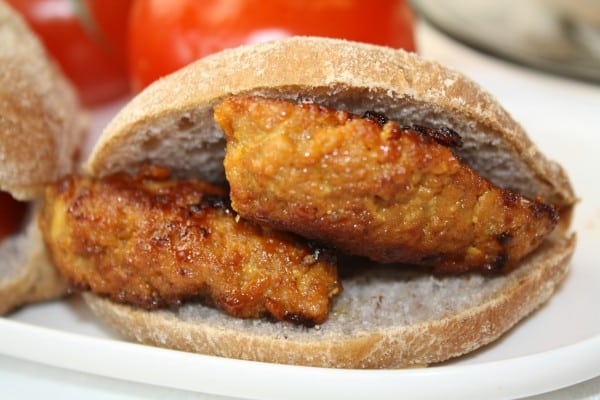
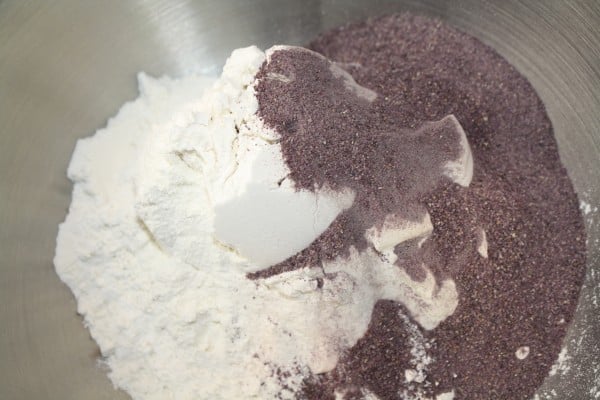
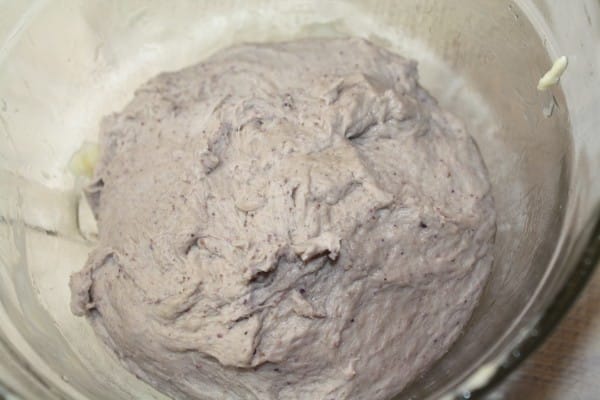
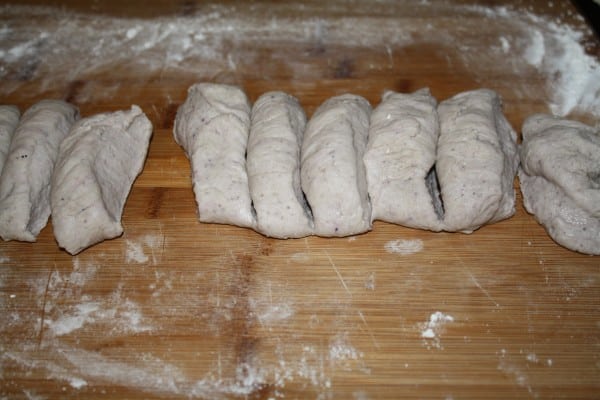
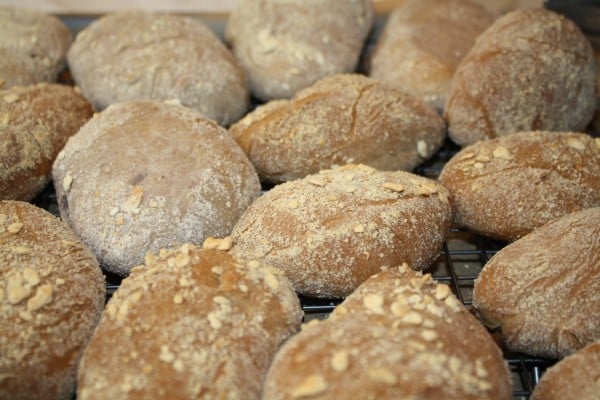

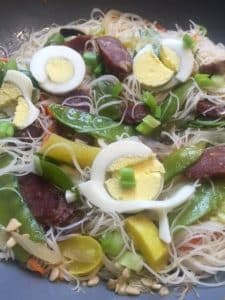
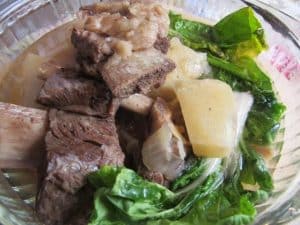
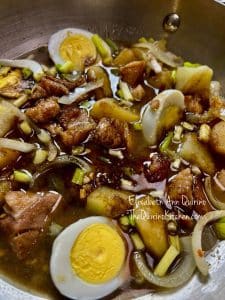
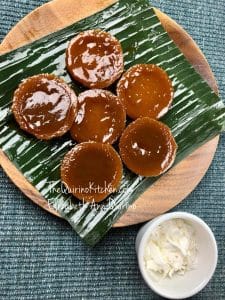
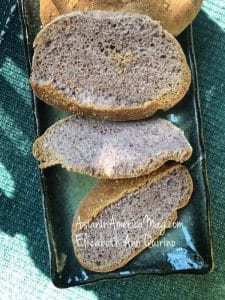
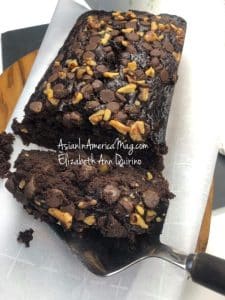
aha! pan de sal and ube…great team up…can i still do this even if i don’t have the ‘intelligent’ mixer?
D, you can do this! I used to make Pan de Sal kneading by hand when we were in Mla. Glad you stopped by!
My goodness, how can I resist? My aunt sent me home from our family Christmas dinner with two big bundles of ube pan de sal from her favorite bakery. My daughter and I have already devoured one dozen and now I am determined to make my own from Besa and Dorotan’s cookbook, which I love. But to pair it with longaniza, wow. I imagine that is so very good!
Hope you are enjoying your holidays! Can’t wait to see what you have cooking for New Years 🙂
Thanks,Liren! You must make this Ube Pan de Sal! The aroma is amazing while the dough rises. Happy New Year,too!
hows the taste and texture of ube pandesal?
Thanks, Rhea. The pandesal has a sweet flavor from the ube and the texture is the same as regular pan de sal — crusty on the outside, soft inside 🙂